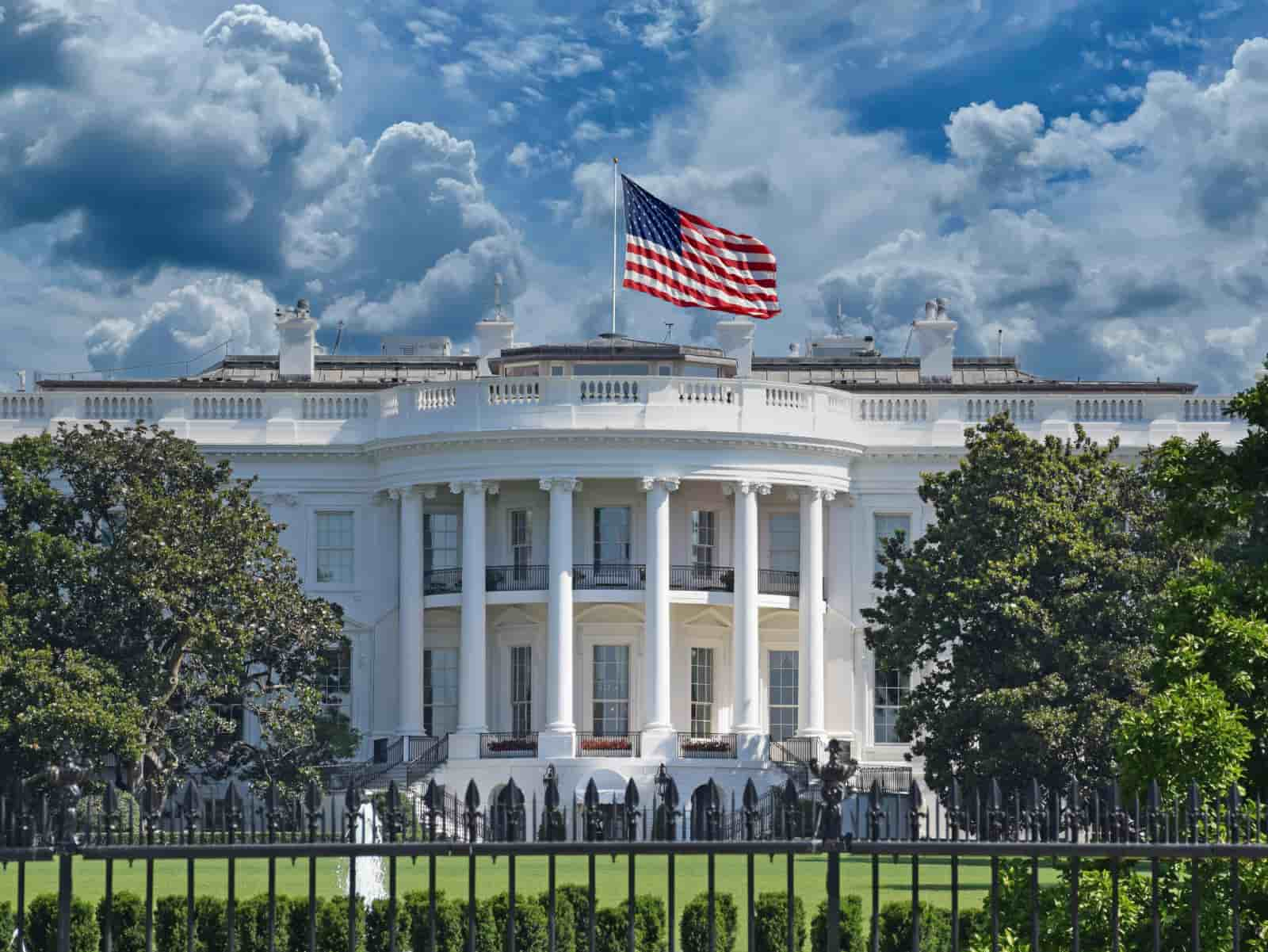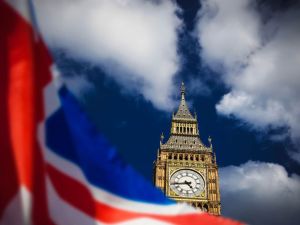US politicians were unable to reach an agreement on funding the federal government, and it “shut down” on October 1. We wanted to look at the potential impact on financial markets.
There are a few points to highlight. This isn’t unprecedented. US government shutdowns do happen from time to time, most recently in 2018.
It’s also not really a complete shutdown. It’s usually estimated that around 40% of federal government workers get put on unpaid leave. The remaining 60%
– including areas like the military, food safety and air traffic control – will operate as usual. The administration has also mandated that National Parks will remain open, with reduced staff and salaries funded by ticket sales.
Historically, shutdowns haven’t lasted that long. The longest in recent history was 35 days, in 2018/19. Prior to that, we saw a shutdown lasting 21 days in during 1995/1996. Generally, voters don’t like shutdowns, particularly if services they rely on get curtailed – which could act as an incentive to politicians to reach a resolution relatively quickly.
And we’ve seen Republicans and Democrats working hard to pin blame for the shutdown on the other party. Opinion polls (from the Washington Post) suggest that Republicans are currently getting more of the blame as the incumbent party with perhaps more of a history of opposition to government spending generally. That’s consistent with what we’ve seen during past shutdowns.
Perhaps as a result of that, the impact on the US economy and financial markets has been pretty muted. The average return for the S&P 500 during the past six shutdowns has been +1%1.
But it’s also worth looking past the baseline view. There are some reasons why the two sides might tolerate an extended shutdown. Democrats have been struggling to get traction among voters, even if the President’s popularity ratings have fallen. Senator Chuck Schumer, the leading Democrat in the Senate, came in for heavy criticism within his party for reaching a compromise agreement on spending with Republicans earlier in the year.
On the Republican side, there’s still a strong desire to reduce the size and scope of the federal government. There’s some talk of using the current shutdown to fire, rather than furlough, some government workers. The Environmental Protection Agency and the State Department are two areas where significant numbers of workers are furloughed and where Republicans might have fewer qualms about making those cuts permanent.
What could an extended shutdown mean? We’d likely see unemployment rise a little – we’ve seen estimates of 0.1-0.3%. On the margin, that would slow down spending a bit. Should central bankers consider that when it comes to policy rates? Or should they look past any shutdown related increase in unemployment? If it’s temporary, in theory they should look past it, but with the administration continuing to push for lower rates any rise in unemployment will probably complicate discussions at the Fed.
The other point worth highlighting is that an extended government shutdown would mean fewer official statistics being released. That would certainly make life harder both for investors and Central Bankers.
So, from a portfolio perspective, our baseline view is to look past what’s likely to be political noise. That seems to be a consensus view for now, with volatility from equity and bond markets remaining pretty subdued.
- https://www.cnbc.com/2025/10/01/how-a-us-government-shutdown-could-impact-global-markets.html ↩︎
*As with all investing, financial instruments involve inherent risks, including loss of capital, market fluctuations and liquidity risk. Past performance is no guarantee of future results. It is important to consider your risk tolerance and investment objectives before proceeding.





